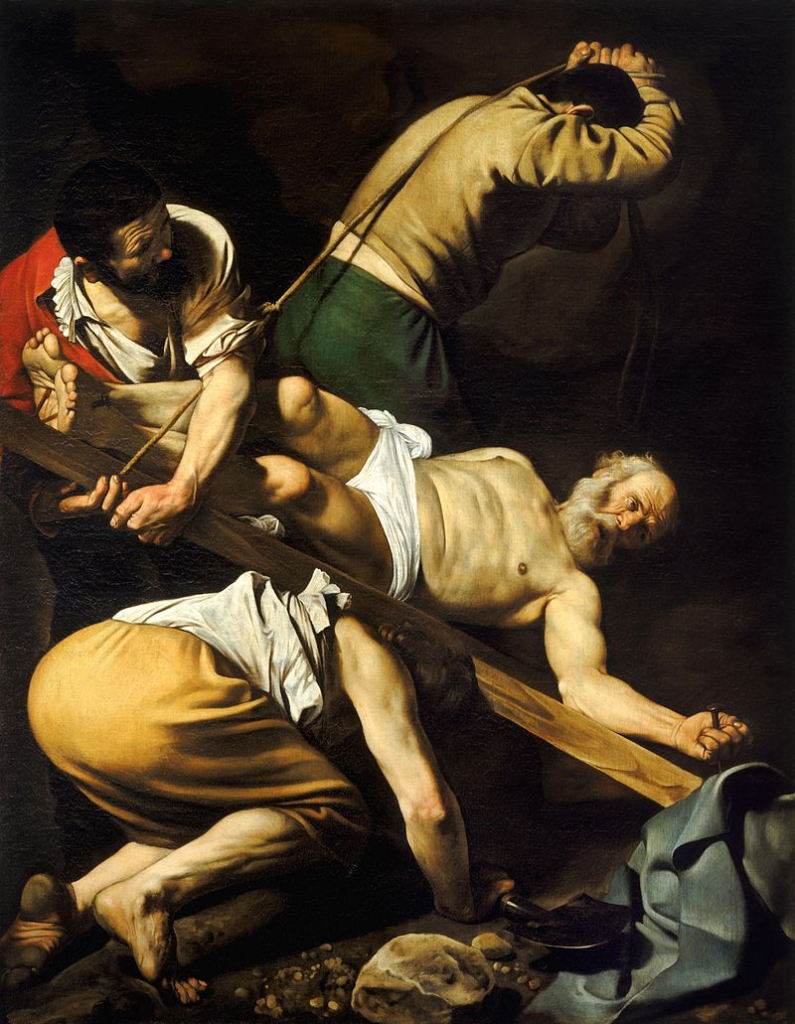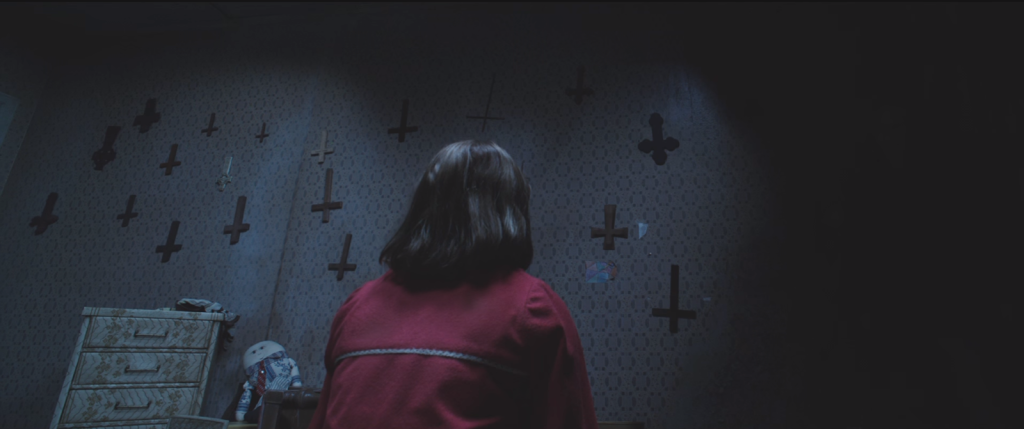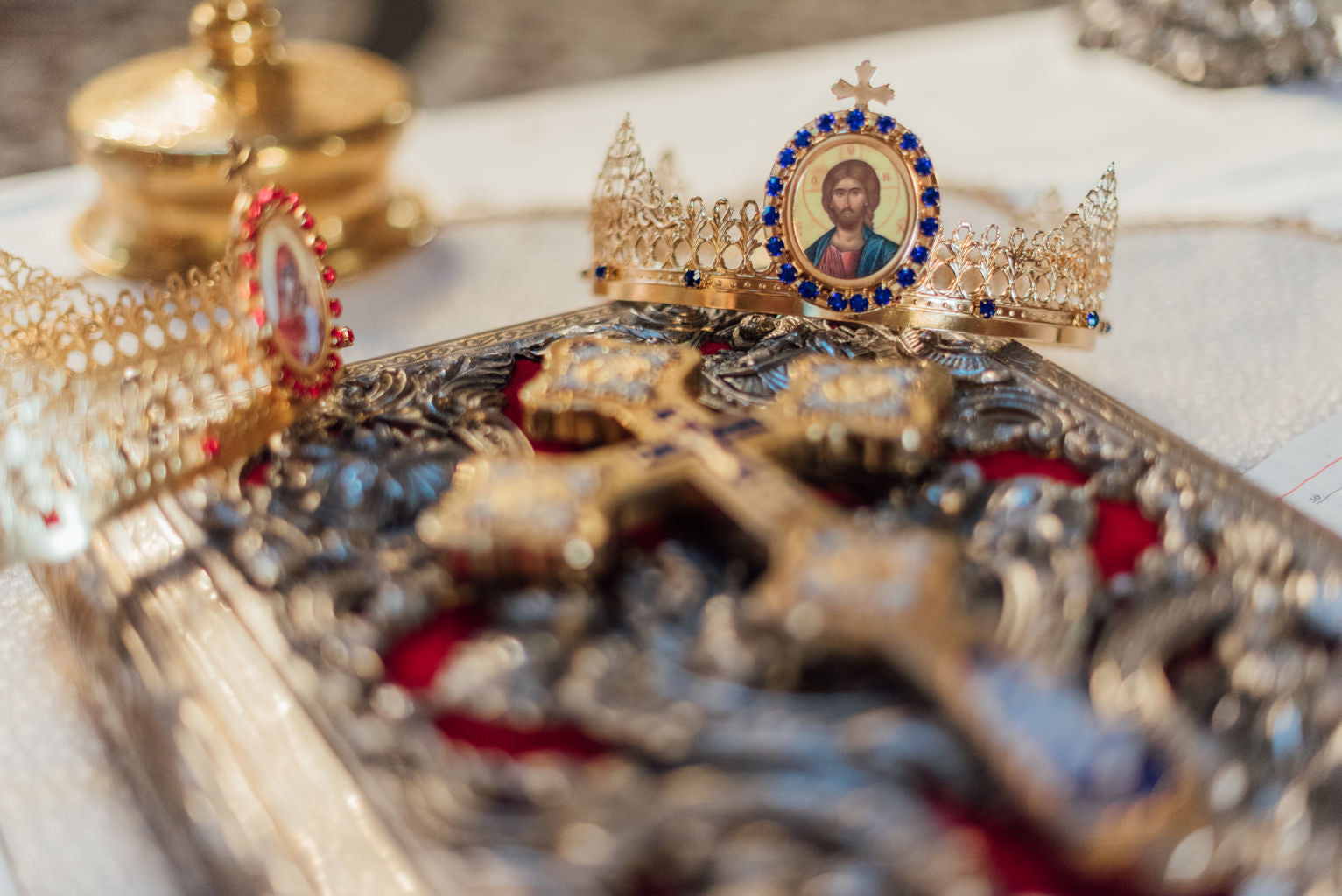Have you ever spotted an upside-down cross and wondered, “What’s with the headstand?” This seemingly simple symbol, known as the Cross of Saint Peter or the Petrine Cross, has taken on a life of its own. While it may look like someone just played a prank on the regular old cross, its meanings are as complex as they come. So, let’s dive into the curious world of the upside-down cross and explore its many faces!
What Does the Upside-Down Cross Mean
The upside-down cross, also known as the Cross of Saint Peter or the Petrine Cross, is an inverted Latin cross, with the horizontal bar positioned above the vertical one. Its form is simple—a cross with the vertical bar above the horizontal one—but its meanings are far from singular. The symbol has a complex history and can be interpreted in various ways depending on the context and perspective.
Christian Meaning: The Humility of Saint Peter

In Christian tradition, the inverted cross is closely associated with the martyrdom of St Peter. The story concerns the life and death of one of the twelve apostles of Jesus Christ, St Peter. According to tradition, St Peter was crucified during the reign of the Roman Emperor Nero, who blamed the Christians for the Great Fire of Rome that destroyed the city. Legend has it that St Peter requested to be crucified upside down, asserting that he was unworthy to die in the same manner as his Lord Jesus, whose crucifixion occurred at Golgotha (which means “the place of the skull”). This act of self-deprecation is seen as proof of St Peter’s humility and respect for God.
Satanic Symbolism of the Upside-Down Cross

The upside-down cross, while deeply rooted in Christian symbolism, has taken on alternative meanings outside religious contexts. Particularly within the dark realm of black metal music, this symbol is not just a marker of Christian faith but a banner of rebellion against established religion. In this milieu, the inverted cross represents anti-Christian sentiments and an embrace of Satanism.
Emerging as a genre characterized by its intense sound, nihilistic themes, and satanic imagery, black metal has appropriated the upside-down cross for its aesthetic. It’s a potent icon that bands wield to convey darkness and defiance. Rather than a devotional symbol, it becomes a clarion call to the forces of evil.
Bands such as Gorgoroth epitomize this appropriation. They use the inverted cross to declare allegiance to Satan and to summon malevolent entities, a far cry from its original connotations in Christianity. This transformation exemplifies how symbols can acquire new, even contrary, significance when extracted from their historical framework. In the hands of Black Metal artists, the upside-down cross is no longer just a Christian motif; it is an emblem of rebellion and a signpost for the darker corners of heavy metal music.
Popular Culture’s Use of the Inverted Cross

The upside-down cross has made appearances in popular culture, notably in horror films. It is often used to summon demons or represent evil forces. These portrayals reinforce the idea of the inverted cross as a sinister icon. Despite its origins as a symbol of humility in Christianity, the inverted cross has taken on new meanings.
For example, in “The Conjuring 2”, the walls of the house are covered with crosses. As the tension builds, the crosses begin to turn over, indicating that something terrible is about to happen. In “The Omen”, the upside-down cross is a chilling emblem that hints at satanic forces. These forces lurk behind the story’s enigmatic and malevolent characters. Such depictions in films reinforce the negative connotations surrounding the inverted cross. Despite its origins as a symbol of humility within Christianity, the inverted cross has taken on new meanings in popular culture.
Contrasting Views of the Upside-Down Cross
Though the inverted cross has been employed across diverse contexts, its interpretations can vary greatly depending on the circumstances. Within Christianity, it signifies humility and reverence for God, as illustrated through the tale of St Peter. Conversely, popular culture, particularly within horror movies and black metal music, frequently embodies more sinister implications, standing for evil powers and rebellion against conventional religion. This contrast underscores the malleable essence of symbols and how their significance can evolve based on cultural and subcultural perceptions.
Contemporary Interpretations: Upside Down Jewelry
The trend of upside-down jewelry brings a fresh perspective to the iconic upside-down cross. With pieces like upsidedown cross earrings, upsidedown cross rings, and upsidedown cross pendants. These accessories offer a stylish way to express the symbol’s multifaceted meanings.
Conclusion
In conclusion, the upside-down cross is a fascinating symbol that has taken on multiple meanings throughout history. From its roots in Christian tradition to its appropriation in popular culture, it serves as a reminder of the complexity and fluidity of symbols. If you want to read more articles about cross, read here.
Aria
Aria is an effervescent writer with a profound passion for the written word. Holding an academic degree in British Literature, her journey through the realm of literature, art, and human emotions is as enchanting as her narratives. Join her as she pens stories that soar beyond boundaries, embracing the essence of art in its purest form. Through her writing, Aria invites you to embark on a journey of emotional discovery and aesthetic wonder.
Recent Posts
Your Goth Christmas Style Guide
11/25/2025Cybergoth Aesthetic
11/11/2025Categories
Related Articles
Acubi Fashion: The Ultimate Guide to the Minimalist Edgy Look
In the fast-moving world of digital trends, fashion cycles seem to refresh...
ByAlicia12/25/2025Moss & Misdemeanor: Fairy Grunge Style and Outfits
The fashion world constantly mixes ideas to create new, unique looks. The...
ByAlicia11/18/2025Cybergoth Aesthetic
The alternative landscape is constantly evolving, but few aesthetics hit as hard...
ByAlicia11/11/2025How to Prepare for the Coming Halloween
The air is getting cooler, and the leaves are changing color. This...
ByAlicia09/24/2025














Leave a comment